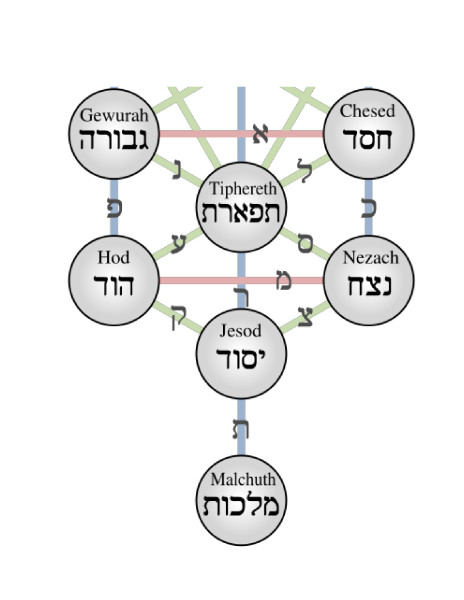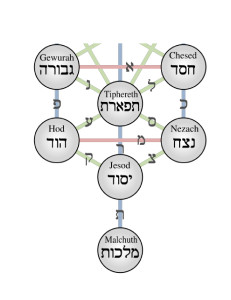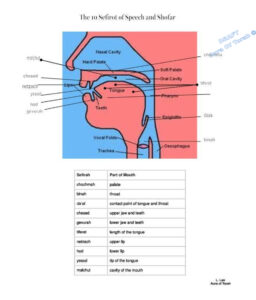
25 Sep Sukkot- Hoshanah Rabbah; The 5 Willows and the 7 Hakafot
Sukkot- Hoshanah Rabbah; The 5 Willows and the 7 Hakafot

Inspired by the teachings of Harav Yitzchak Ginsburgh and Rabbi Moshe Genuth
Of the 4 species of Sukkot: the etrog represents the heart, lulav the spine, hadasim / myrtle- the eyes, the aravos or willow are a representation of the mouth. On the 7th day of Sukkot, we perform the ceremony of the willow, on the day we call Hoshanos Rabbah. This ceremony involves a bunch of 5 willow stems. The significance of the bunch of 5 is that 5 is equal to the letter Hei, also known as G-ds letter or ‘His breath’ that is used to form the words of speech that forms creation and the same concept of breath of that creates the sound of the shofar.
‘G-d spoke 10 utterances and the Universe was Created’. This is of course a metaphor for speech. It is the power of every Jew to create a reality through speech. Kabbalistically, there are 10 points in the mouth that correspond to the 10 sefirot (emanations of light). The more rectified a person’s midos (character), the more rectified these points will be in the mouth, the more rectified a person’s speech will be, and thus the reality he creates with his speech will be.

As we go through the chagim (holidays), on the last, the 7th day of Sukkot, we take the bunch of 5 willows (which is also one of the 4 species) and use them as an ‘instrument’ to rectify our speech . As we ‘beat’ the willows on the ground, we are metaphorically breaking down and destroying the negative qualities of our speech. We can then begin to resurrect our speech to a new and purified state.
The smashing of the willows (the mouth/lips) as a metaphor for our speech
is likened to concept that things that break down can be reconstructed better than they were before.
The more rectified our speech, the more rectified our ability through our speech to create a rectified reality.
There is kabbalistic idea; the end is enwedged in the beginning. Numerous examples of this concept run through the Torah. Simply put, there is no beginning or end to the Torah, and if fact beginnings and ends exist only in the physical-finite world. We see this concept applied in our look at the rectification of speech that takes place on Hoshanah Rabbah. During this time we always read the last parsha of the Torah which always precedes the new reading , the beginning of the 1st parsha of the Torah, Bereishit-Genesis, where G-d ‘speaks’ and creates the World. The end is enwedged in the beginning…. a concept of infinity.
There is a Chassidic understanding that ‘all 7’s are dear’ as 7’s relates the emotive aspects of the heart (the 7 lower sefirot of the 10) . On Hoshanah Rabbah, we walk 7 hakafot (circuits) around the Torah on the bimah reciting verses holding the unified bundle of lulav – arovos – hadasim and the unifying heart of all the species, the etrog. Each circuit relates to a different emotive experience of the heart… and culminate as one united and rectified heart.
Hakafot literally means ‘circles’, and as a circle with has no beginning and no end… the end is enwedged in the beginning.
Leib Getzel (Lawrence) Lax
Counseling and Addictions
http://lawrencelax.com
lawrenceJlax@gmail.com